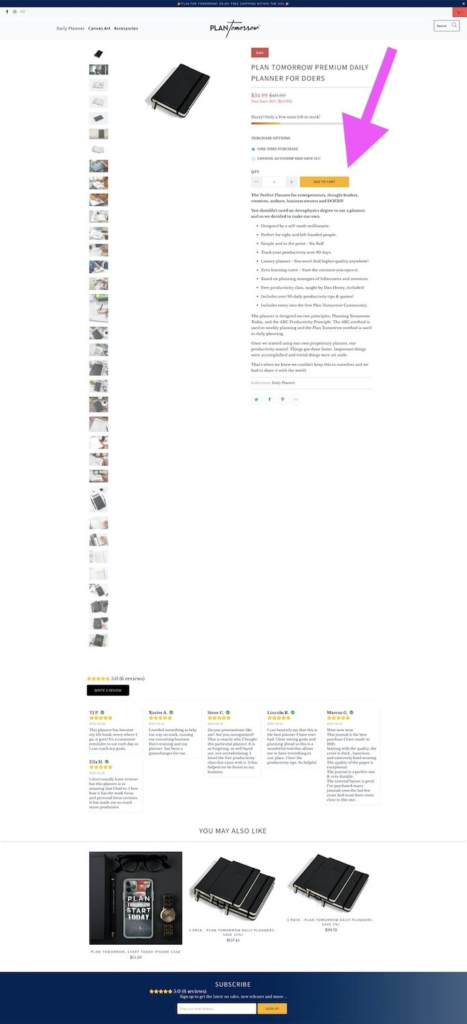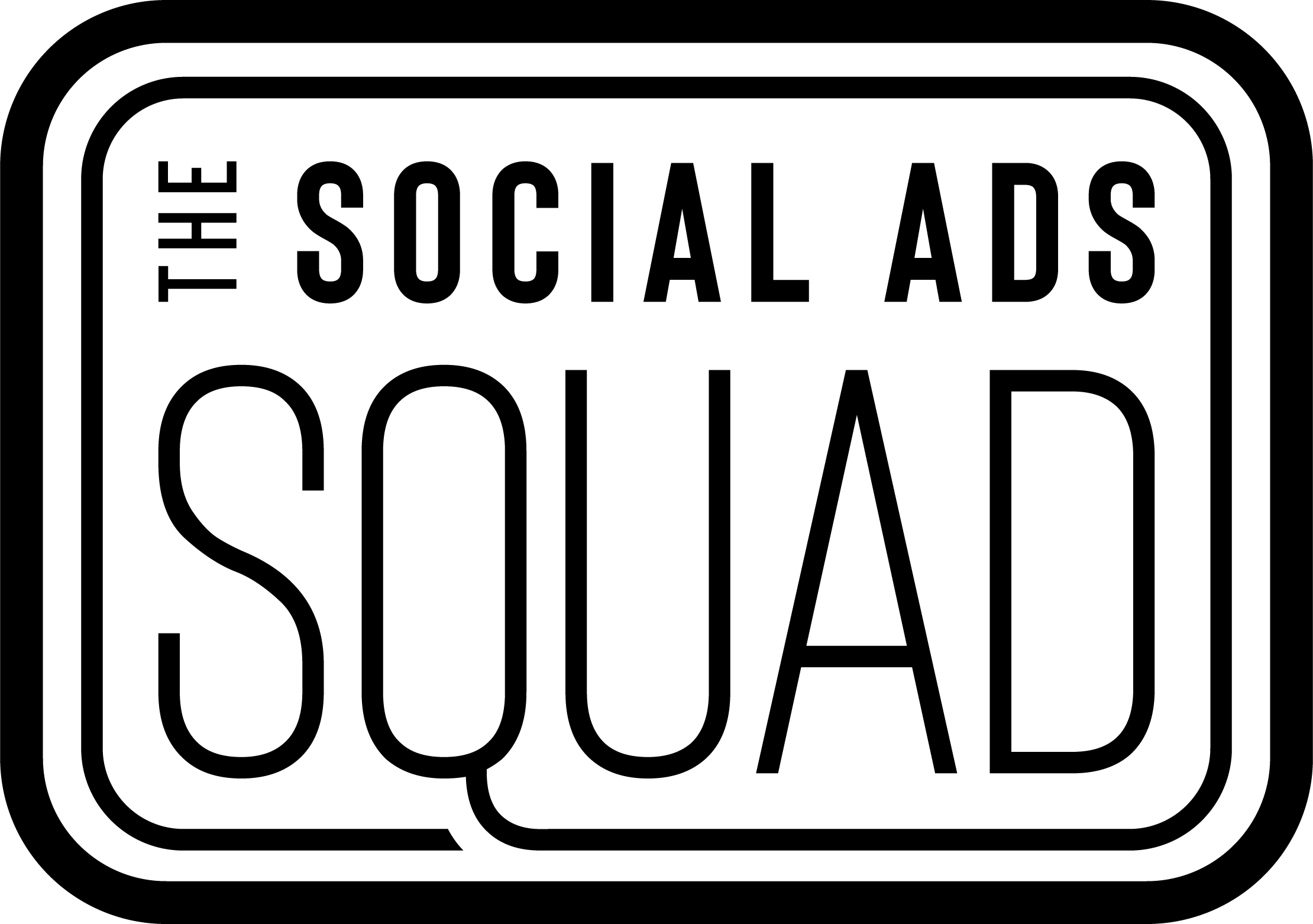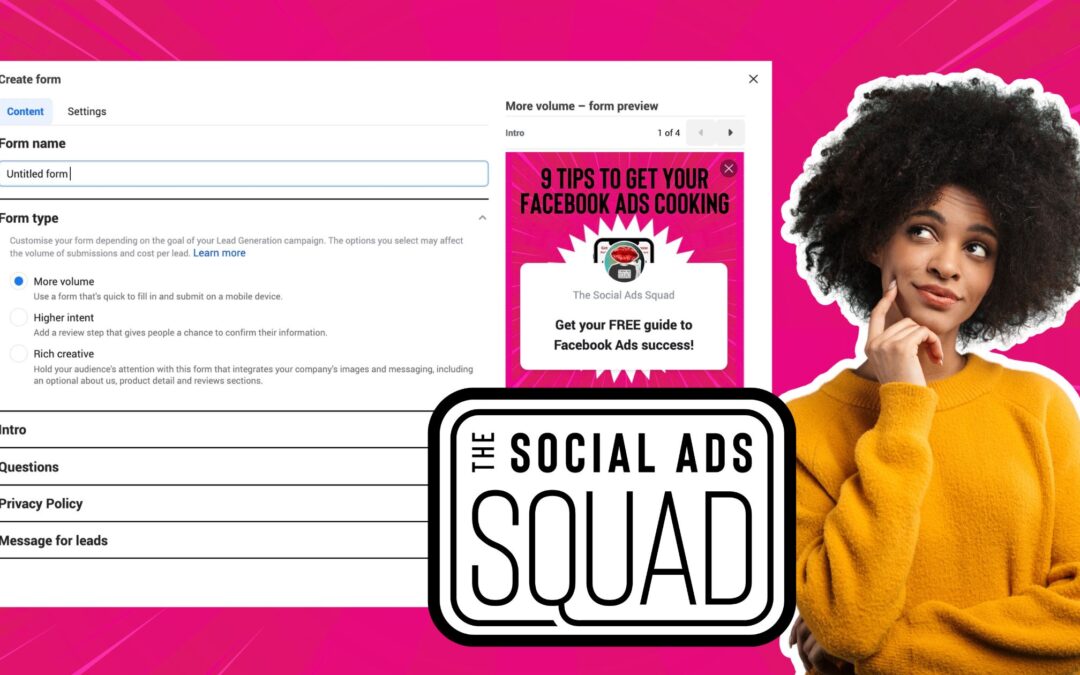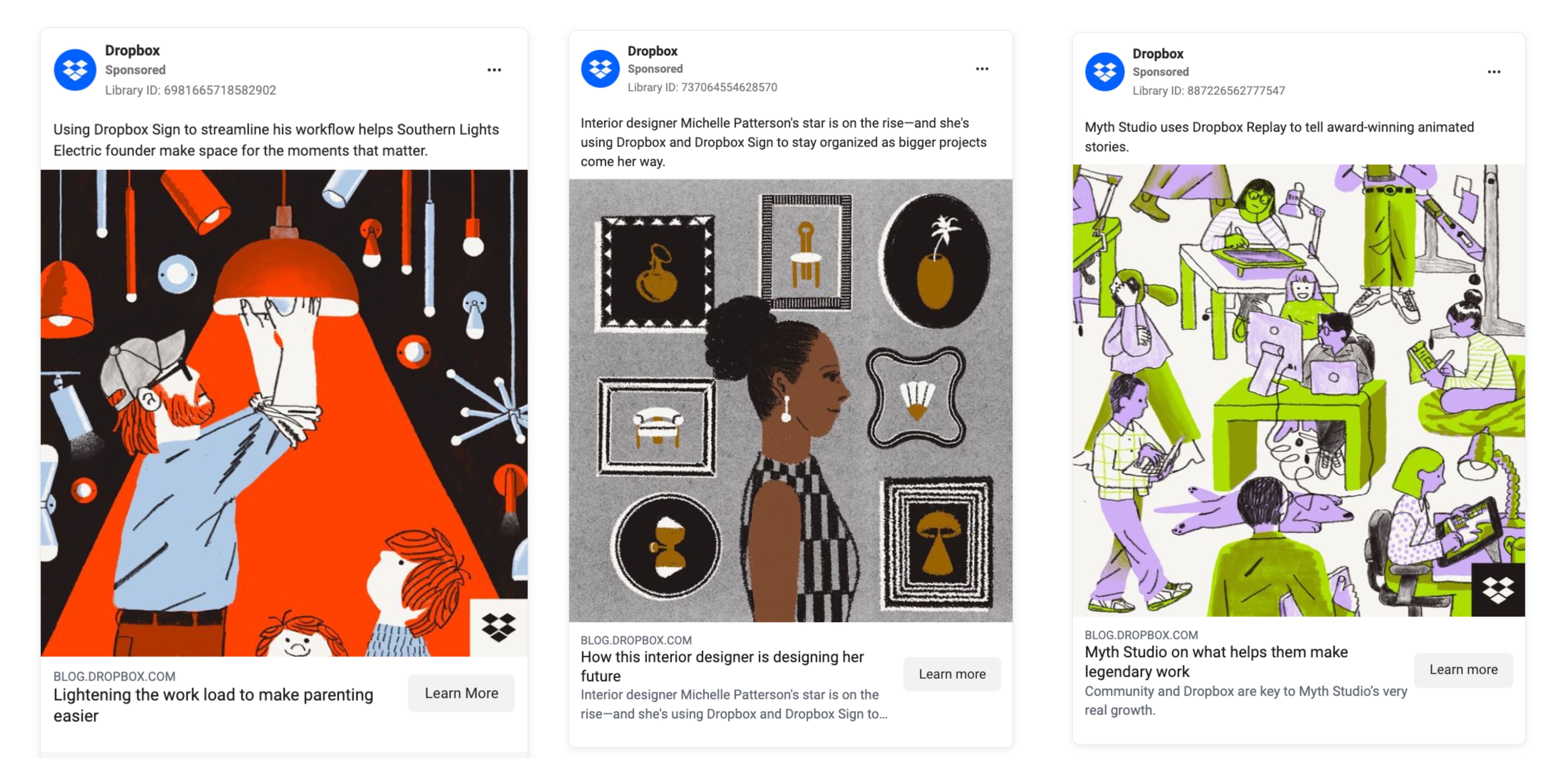In the world of digital marketing, it’s common to hear terms like landing page and website thrown around interchangeably.
However, these two types of web pages serve very different purposes and have distinct feature.
One of the questions that come up a lot when chatting to clients new to paid social lead generation is the difference between a landing page and a website.
“If you have an email sign-up form on your website, why does having a landing page even matter?”
“Can’t you just direct your users to your website homepage and get them to sign-up to your email list that way?”
“What’s wrong with directing users to your homepage?”
“Why do you need a landing page…surely your homepage is the landing page?”
If you’re unsure about the difference between a landing page and a website, you’re not alone.
In this post, we’ll break down the key differences between landing pages and websites, including their goals, structure, and design, to help you better understand how to use each type of web page effectively in your marketing campaigns.
The key difference between a landing page and a homepage
So here’s the thing…they’re BOTH websites, it’s just that consist of one page (usually) – the landing page and your website (should) have two or more pages.
Your website should act as a collection of all of the different parts of your business: an ‘about’ page, a ‘services’ page, ‘pricing’ or your products and a ‘contact’ page at the very least.
It’s meant to be browsed and your homepage should be the starting point to that journey for your website visitor.
A landing page has a very specific action.
Quite often it’s to sign-up for an offer or an email list or any other marketing goal.
You may need to spend money or a significant amount of time driving a user to convert to a customer or an email list subscriber and so landing pages were designed to ensure that the user doesn’t click elsewhere about the page.
Their eye should be trained to focus on the one thing to take action with:


If you are running some sort of campaign to generate more leads, sell more products or build your email list then you’ll need to ensure that you don’t waste your time and energy and get your users to stay and convert.
Ok getting it now? Ideally you want a place where users can “land” and take one action.
That is the purpose of a landing page!
Different ways to use landing pages
Email list building
Typically you will see that email list building campaigns will use a landing page, rather than direct you to a page on a website.
This means that they can accompany the sign-up form with a headline and a CTA button (more on that here) plus add features and benefits for joining the list.
You may be giving away a lead magnet to entice users to sign-up, so showing a picture of said lead magnet can help to build the trust that your lead magnet is real and adding testimonials throughout the page can help provide the back-up that what you’re giving away for free works.
In the examples below you can see that the eye is drawn to the headline and to the call to action button at the top of the page whether it’s a button opening a lead collection for or the actual lead collection form embedded into the page.
There is no menu, no other pop-ups, no distractions.
If there were then you might be paying money just to drive users to your website and not take action.


To sell a product
If you already have an online store, you might wonder why having landing page for any one product is a good use of your time and energy.
However it’s worth considering if you have a signature product or a promotional product that you want to sell via an email or advertising campaign.
The difference between sending users to your homepage versus sending them to a dedicated page where it can answers all of their concerns and objections is all about time (i.e the time it takes them to convert).
On your website you’re asking your customers to go and find your product or be tempted to look at other products or pages.
With a landing page you focus their direction to take an action.
Below you can see a homepage and a product page from the same website.
The product page acts like a landing page.
The homepage is pretty and does a lot of selling BUT to convert the user it relies on them scrolling down and clicking to buy (so having to find the product) or clicking the shop now button and buying.

Instead driving them to a page designed to allow them to put straight into the cart without scrolling, with no menu or distracting links around them while they make that decision would be better for converting (see below).
You can still give the same info to digest info as available on the homepage, but it mean less likelihood of that users dropping through the funnel.
What makes it a landing page (even though it’s on your website) is that there is no menu at the top of the screen and only one CTA before the scroll.

Why conversion should matter to you
Hopefully you’re starting to see the benefit of why you would need a landing page alongside your website.
It means that you can truly measure the effectiveness of the page if there is a dedicated campaign driving traffic to it.
There will be no other temptations on the page to draw the user away and you can then address the issues which can deter users from buying or converting.
This means focuses on writing better headlines and crafting better calls to actions on your landing pages.
You can experiment in a way that you can’t on your homepage with different images and placement of those images around the page.
Be mindful that we have programmed ourselves in the west to view website in a certain way so don’t try and work against behavior norms.
We scan from left to right working our way down the page.
If you do not have a call to action button or message in this eyeline it will get missed, again meaning you could lose users you have paid to get here.

Maybe try including a video and see if you can answer objections and show off your personality at the same time?
A different colour button?
The point is that you are giving yourself a testbed to test your campaign in a way that you cannot measure if you were using your website homepage
Here’s three things you can do right now to your existing landing pages if you have one to ensure they convert;
Review your headline.
Does it speak to the user about the problem you want to solve for them? Make it about them – not you!
Add a CTA button.
Link it straight through to a page on your website where they can spend money with you or start the process of doing that. They may not click it but by seeing it they’ll know what happens next when working with you.
Pick an image that shows your product or service being used.
There’s nothing like seeing a product in “the wild” to build trust. Have that image span the width of the page too if you can.
How to get started
And if you want to get started with using landing pages on your own website then consider these options to explore:
Shopify: Try the Zipify Landing Page builder
WordPress: Try Thrive Architect
Standalone: LeadPages or Instapage
And if you are looking to build your email list then most great email marketing tools come with in-built landing page builders:




0 Comments